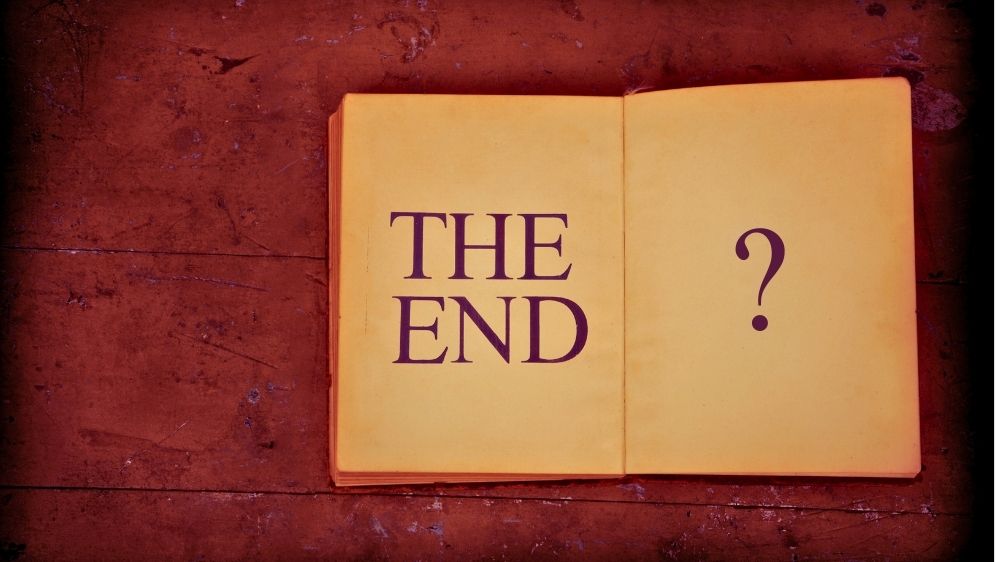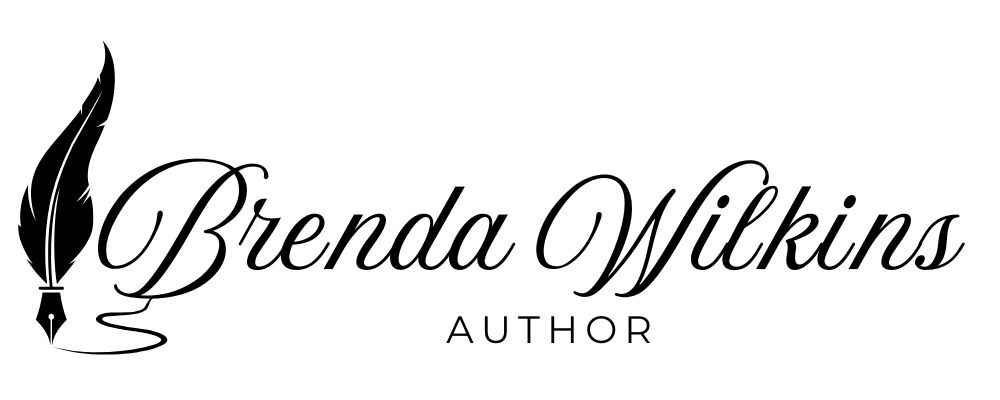
Endings are not always the end. Sometimes, they’re the beginning of something else.
As writers, we are natural storytellers. We shape beginnings, build tension, and guide our characters toward resolution. But what truly marks the end of a story?
For generations, fairy tales wrapped themselves in the comforting finality of “they lived happily ever after.”
THE END.
But is that really how a story ends? Even in a fairy tale?
What happens next?
Did they have children? Did they grow apart? Did the princess, once content in the prince’s shadow, awaken to a longing for her own identity and set off on a journey of self-discovery?
With a creative mind, the possibilities are endless. Yet writers often wrestle with endings. They must feel earned—satisfying, believable, and true to the characters and the world we’ve built.
We live in an age of sequels, prequels, spin-offs, and sprawling story universes. A testament to our hunger for the whole story. Real people get fighting mad when their favorite TV series ends, or when an author closes the door on a beloved book series. Online debates rage over what’s “canon,” as fans cling to the hope that the story will go on.
Because perhaps, deep down, we don’t want stories to end.
Maybe we need them to evolve, just as we do.
There’s a saying: life goes on.
It’s often offered as comfort in the wake of loss, a reminder that time doesn’t stop even when hearts do. When someone we love is gone, we find ourselves imagining what their life might have been—what they could have done, who they might have become. Like a story we wish could have continued, the possibilities are endless.
Yet their story has ended.
And still, their passing reshapes the stories of those left behind—nudging us into new chapters, new adventures, new truths.
Because as life goes on, so do the stories.
The stories of love. Of legacy. Of transformation.
The stories of life.
